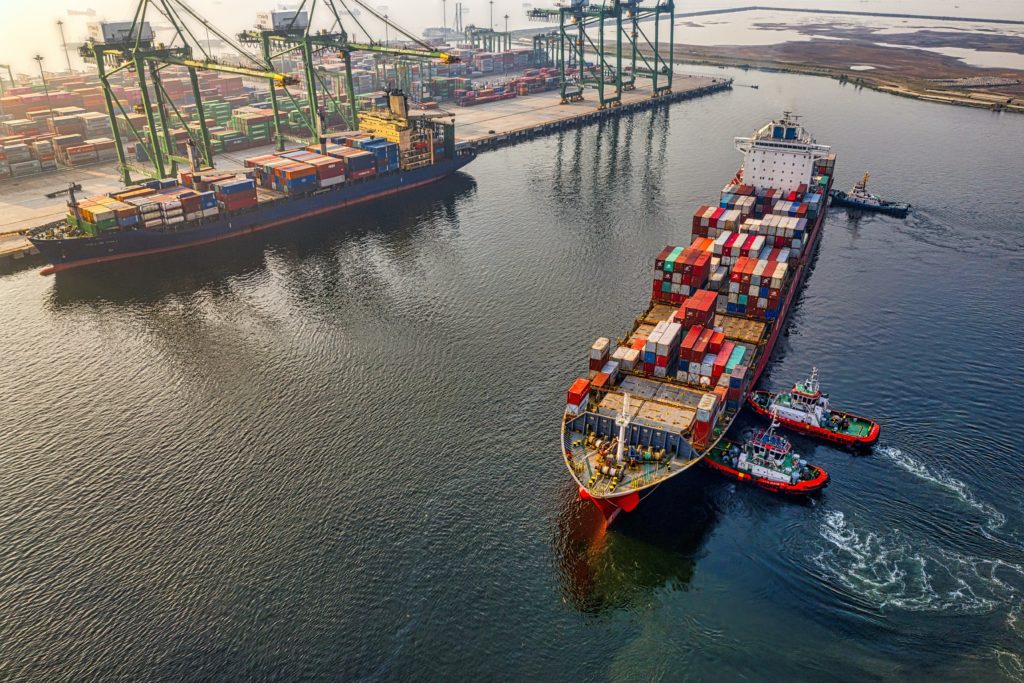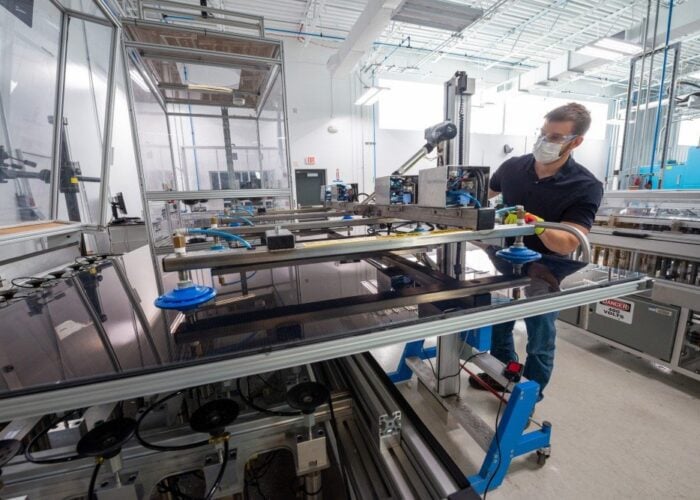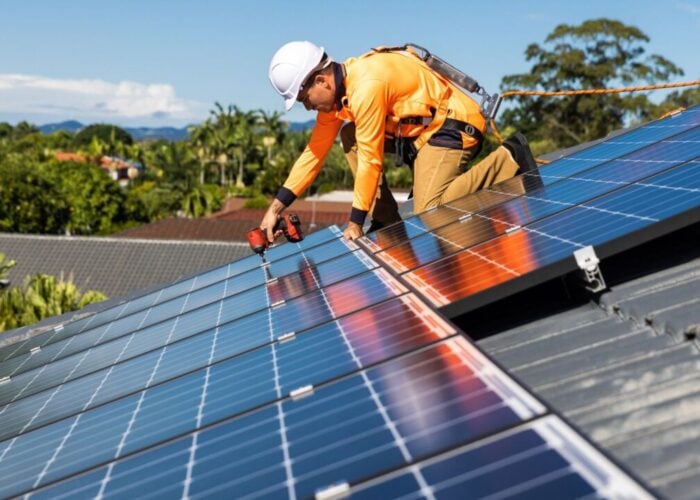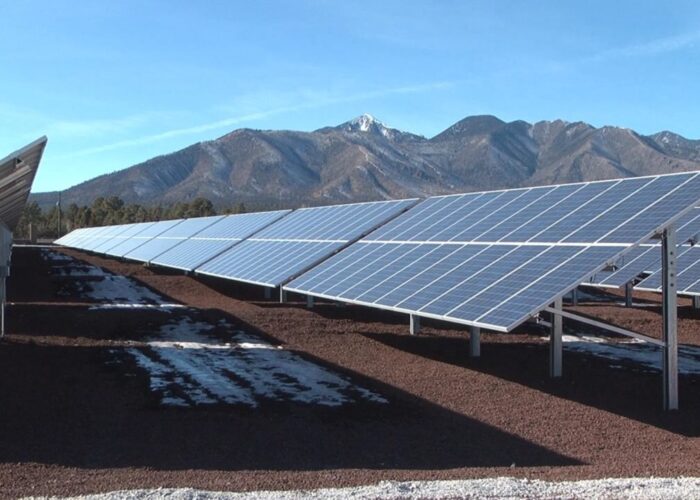
To avoid long delays and seized goods at the US border under the country’s Withhold Release Order (WRO), make sure all of the documents in your entry package are accurate, clearly laid out and in English. Additionally, provide an overview of your imports’ journey, from source material through to entry on US soil.
That was the advice given by Customs and Border Protection (CBP) agency staff during a Solar Energy Industries Association (SEIA) webinar last week, which spoke with top level officials in the CBP to help importers better understand compliance with the WRO.
Unlock unlimited access for 12 whole months of distinctive global analysis
Photovoltaics International is now included.
- Regular insight and analysis of the industry’s biggest developments
- In-depth interviews with the industry’s leading figures
- Unlimited digital access to the PV Tech Power journal catalogue
- Unlimited digital access to the Photovoltaics International journal catalogue
- Access to more than 1,000 technical papers
- Discounts on Solar Media’s portfolio of events, in-person and virtual
The WRO applies to all products from Hoshine Silicon Industry and its subsidiaries as well as products originating from the Xinjiang region in north-western China where allegations of forced labour have been made and imports banned under the bipartisan Uyghur Forced Labour Prevention Act (UFLPA).
The CBP has said polysilicon-based products sourced from China’s Xinjiang region “carry a high risk of forced labour” and that importers “can lower [the] risk of exclusions under the Hoshine WRO if it sources polysilicon from outside of Xinjiang”.
PV Tech Premium has already looked at the CBP’s WRO guidance in detail, but last week’s webinar provided additional insight, particularly around the entry submission packages and what would expedite the process for importers.
While several analysts have predicted a modest impact of the WRO given US demand as proportion of Chinese supply, companies actively shifting their supply chains to comply with the rules and traceability protocols, it is still vital that importers get their documentation correct in order to ease delays and ensure deliveries.
Get it right the first time
Alan Aprea, centre director at the Electronics Centre of Excellence and Expertise within the CBP, said documents should be submitted as part of a secured, shared user-friendly folder. Documents should be shared in one email and should not be made into a zip file as this takes up a lot of storage on the CBP’s system and documents can get lost in the process. Below are some further best practice recommendations:
- Make sure the info is accurate, up to date and does not contain evidence gaps. Not doing so adds to uncertainty and delays.
- All components of the entry package should be part of the email – i.e., detention notice, entry, invoices, packing list, etc.
- Traceability statements should reference all the different parts of the solar module, from cells and wafers down to ingots and the source polysilicon supplier.
- All documents should be translated into English. This was mentioned multiple times.
- Screenshots should be clearly identified regarding where and when they originate, where they came from and what they are representing.
- Provide an outline for the CBP. “Walk us through the step-by-step process,” said Aprea, as this gives the CBP an overview of the entry package’s journey along the supply chain and may help to fill any gaps in evidence.
- Stay in close communication with the CBP throughout the process and schedule follow up meetings with your assigned supervisor to discuss documents and traceability.
“Every part of the project should be accounted for to ensure they have all the associated back up documents – purchase orders, contracts, work orders, production records, shipping records and proof of payment. And any other related documents that substantiate the transaction,” said Aprea.
If the goods are seized
When it comes to allegations of products made using forced labour, the CBP receives reports from a variety of sources – civil service organisations, non-governmental organisations, investigative journalists and individuals.
It will evaluate those sources and then issue a WRO when information “reasonably indicated” the merchandise produced with forced labour is likely to be imported, said Josephine Baiamonte, senior policy advisor at the Forced Labour Division of CBP.
If the information conclusively indicated the merchandise was made with forced labour, CBP will publish a forced labour finding and the goods will be seized. Importers then have three months in which to act and have three options:
- Request to store the goods at an approved CBP warehouse (importers pay the charge for storage).
- Manipulate shipment to remove goods not subject to the WRO.
- Re-export the goods.
The detention notice might list additional documents helpful for its review, such as purchase orders, invoices, transport documents and any information to prove the goods in question are not subject to the WRO.
Eric Choy, executive director at the Office of Trade within the CBP, said the agency had been working with SEIA on the guiding principles for a compliance framework. The document has been cleared and will be published by the CBP soon. He urged importers to visit the FAQs section on the CBP site relating to WROs and said the newly designed framework was intended to support and facilitate the FAQs, no replace them.
He added that the CBP was trying to make their website more user friendly in order to simplify user experience and access to vital information.






